The Palace of the Parliament
First, you can’t miss out The Palace of the Parliament on your list of must-see sights in Bucharest. Take a guided tour around the seat of Romania’s Parliament and see the world’s biggest parliamentary building. With more than a thousand ornate rooms, this enormous building is home to various state events. Read up on the history of this edifice, built under the orders of Nicolae Ceauseşcu, Romania’s last Communist leader. Hundreds of architects designed The Palace of the Parliament, and it took thirteen years to build.
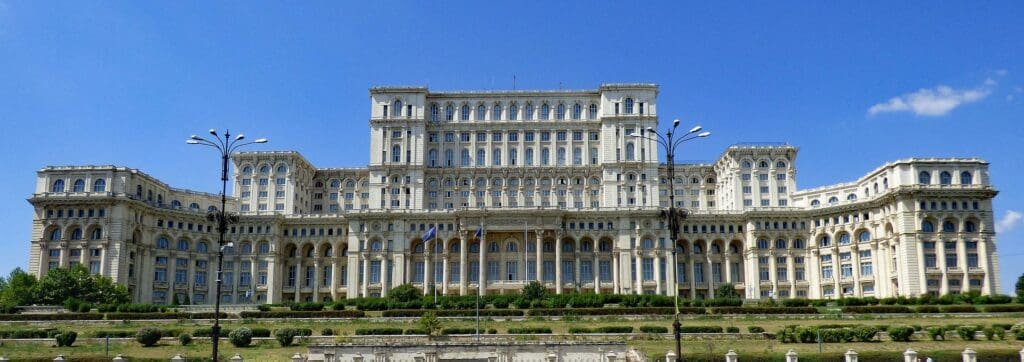
‘Little Paris of the East’
Although it has medieval origins, Bucharest has always been a meeting point between east and west. In the second half of the nineteenth century, under King Carol I, the city flourished. After a great fire the city was rebuilt in the French style with wide boulevards, beautiful palaces, and classical architecture. If you visit the cobblestoned centre of town you can still see why Bucharest in the 1800s was called ‘Little Paris of the East’.
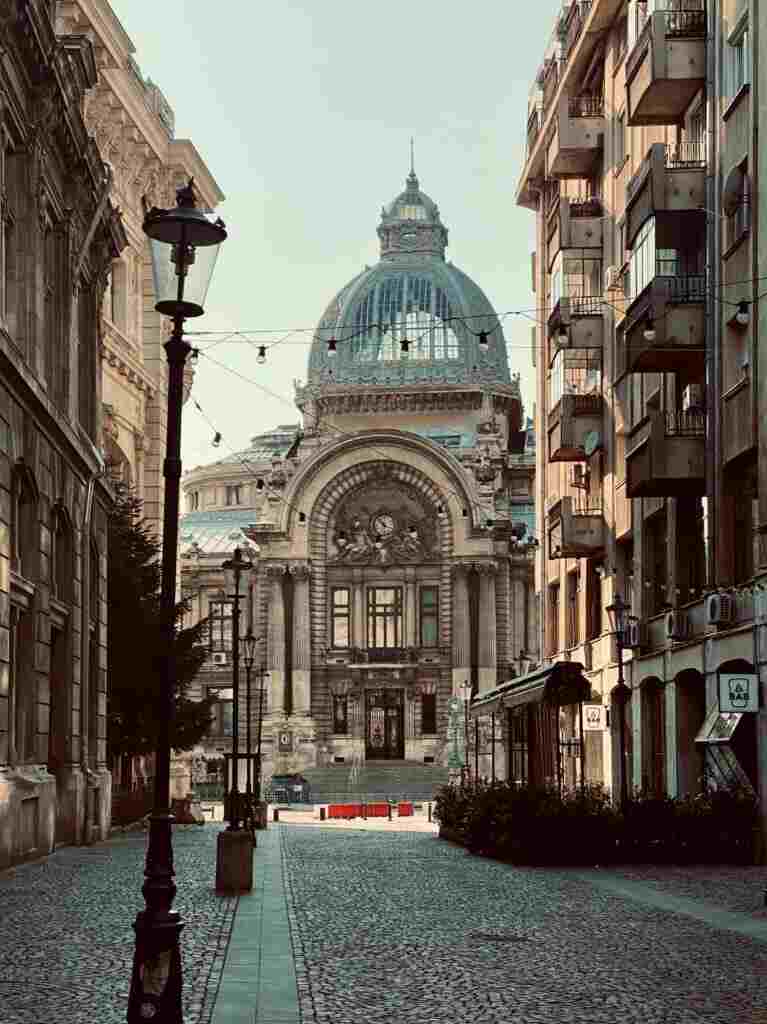
The city even has its own triumphal arch, built in the same style as the one in Paris. The Arcul de Triumf commemorates the Romanian army’s victory in the First World War and the Great Union of 1918.
During the Depression and the Second World War many of these buildings fell into disrepair. Then in the decades after, much of the centre of Bucharest was demolished to make way for the building initiatives of the communist era. But today beautiful old buildings throughout the city are being restored and many are being re-designed to fuse old and new. You can also see this in the lanes where traditional trades such as metal working and horse-shoeing used to be located. Head there at the weekend to enjoy the atmosphere of this maze of cocktail bars and restaurants.
Hidden churches
The city’s hidden churches, chapels, and monasteries should definitely make your itinerary of must-see sights in Bucharest. These religious buildings luckily survived the communist building drive of the 1980s, when urban planners of the time secretly relocated them.
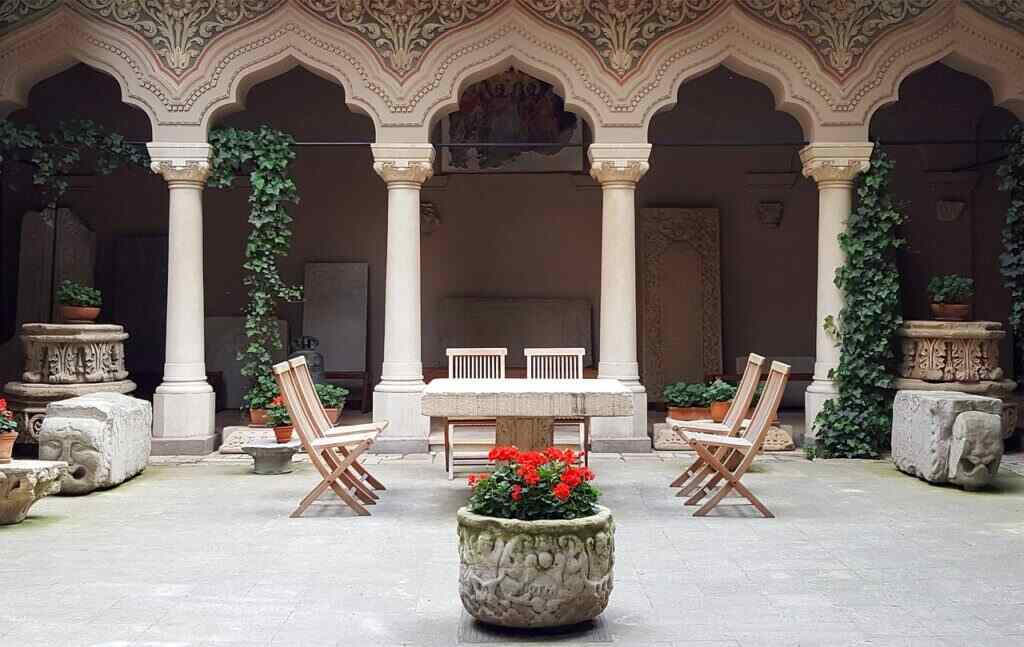
Many are from the 17th and 18th centuries and fuse assorted styles. The Stavropoleos Church and Monastery built in 1724 is a good example, with its library, rich wall paintings, and carved doors. Others to look out for include St. Apostles’ Church, and Antim Monastery, which has paintings of scenes from the Nativity and Revelations, and beautiful sculptures on the wooden double doors.
You’ll find these churches today inside city blocks and in small corners of residential and commercial plots in an area over the river from the old city centre.
The Athenaeum
A symbol of Romanian culture, the Athenaeum (Ateneul Romnân) is an official European Heritage site. This stunning domed building opened in 1888 as a concert hall dedicated to the arts and science, and is one of Bucharest’s main landmarks.
Although it is usually only open during concerts, you can often look inside to take in the beautiful frescoes of scenes from Romanian history.
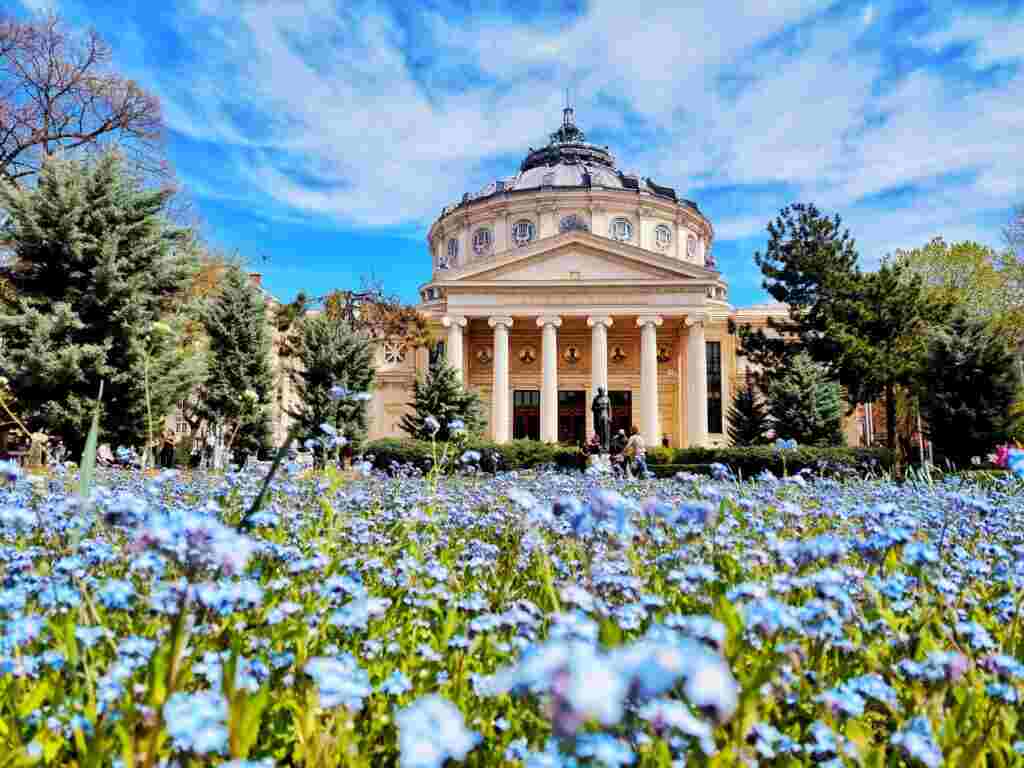
The Transfăgărășan Highway
Finally, a road trip out of the city should definitely be on your itinerary. Make time to travel by car on Romania’s incredible Transfăgărășan Highway across the southern Carpathian Mountains. Drive out of Bucharest for about two-and-a-half hours to the southern-most starting point of the road near Corbeni village. This winding, concrete highway is 151 kilometres long and is open from June to October every year. The highest point is Balea Lac at 2,042 metres, where there is a stunning view of the road looping its way down the wide valley as far as you can see.
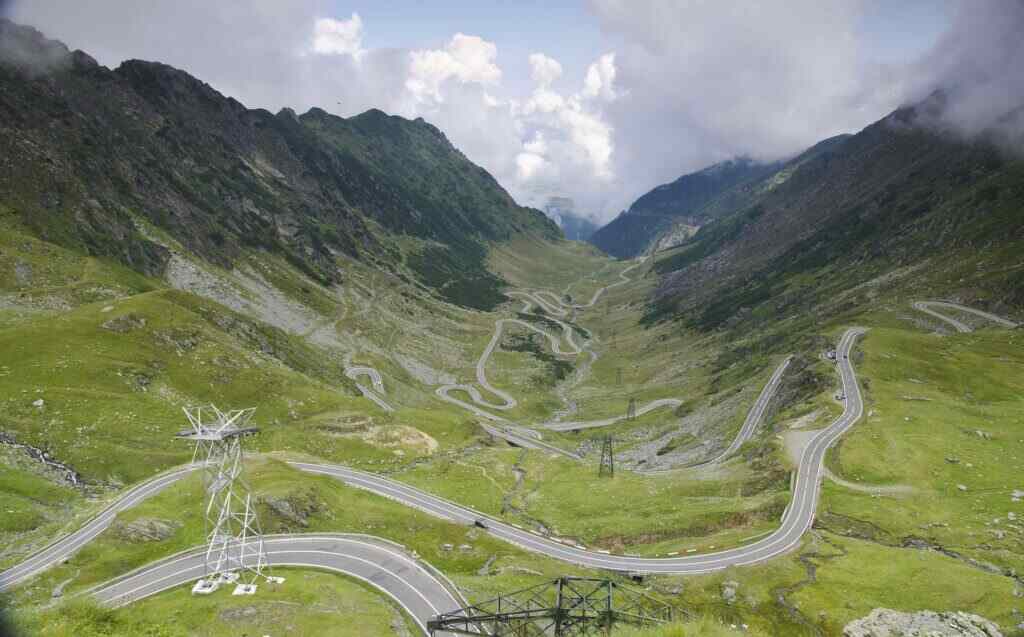
So there we have some must-see sights for your trip to Bucharest. Of course, in order to enjoy your time here to the fullest, you need a great place to stay. Click here to check out Situ’s serviced apartments in Bucharest for your own home-from-home in this fascinating city.


